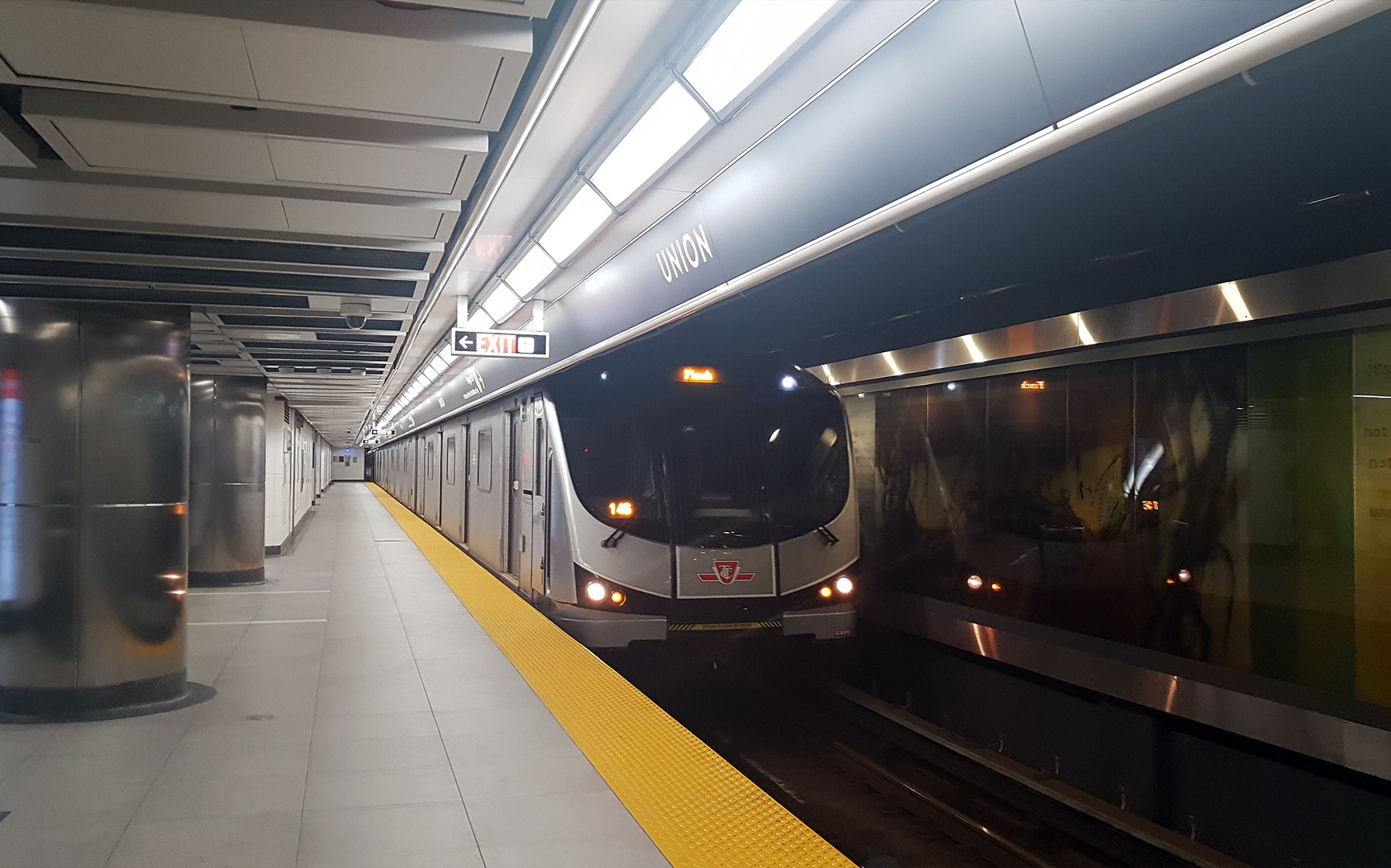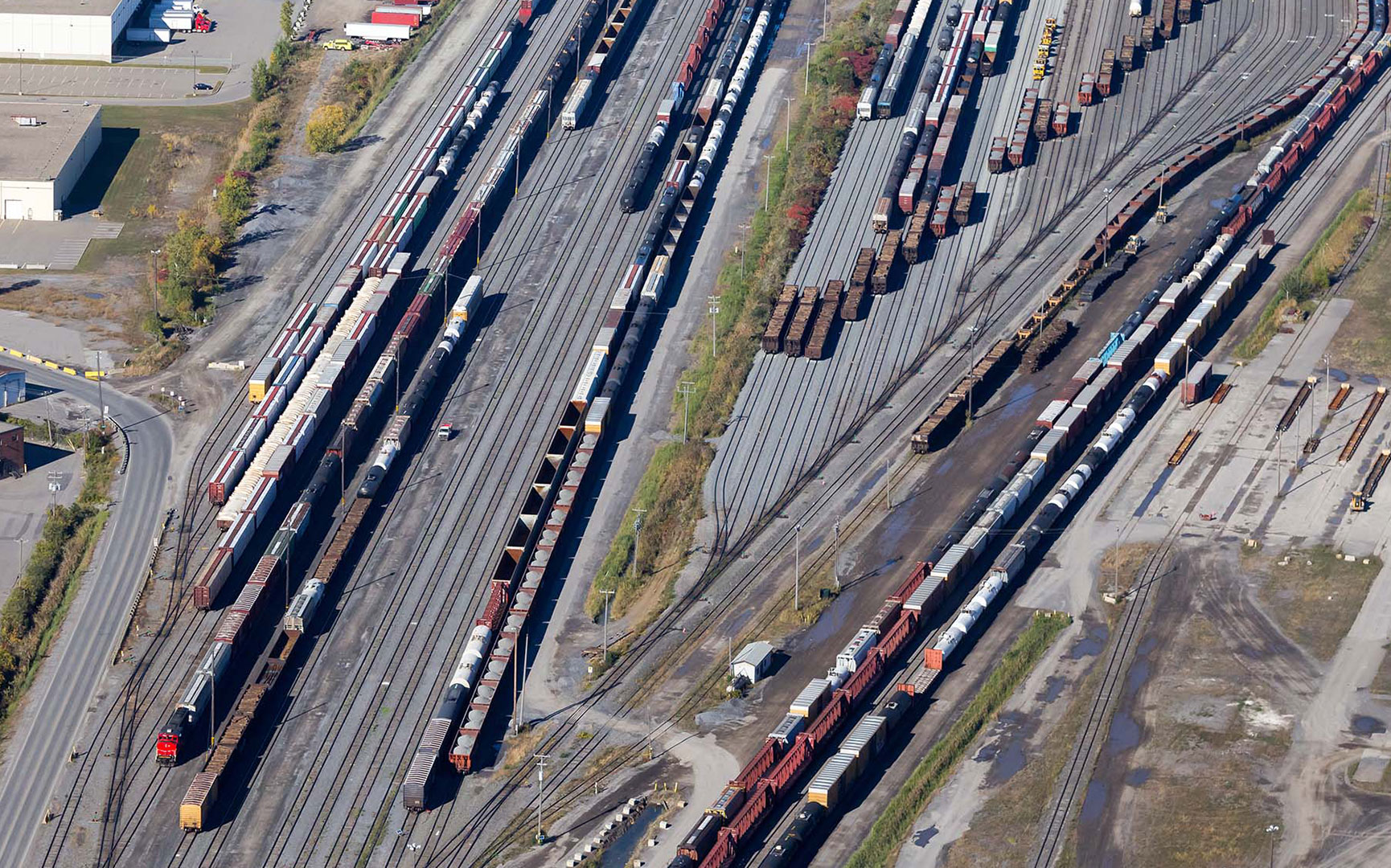
train-detectionChina
Fenghuang Maglev | China
Fenghuang Maglev is a medium-low speed maglev rapid transit line. Since maglev trains do not have wheels, traditional wheel-based detection systems cannot be directly applied to maglev traffic engineering. Therefore, to ensure that the wheel detection system functions correctly and is able to accurately detect the position of the maglev train, the project is implemented with detection plates mounted on the bottom of the maglev train. Fenghuang Maglev is the first tourist maglev line in China.
The Fenghuang Maglev line can operate at speeds up to 100 km/h. Its first phase is 9,12 km long with 4 stations and has been put into the test operation in May 2022.
Due to the signal system requirements of the operation mode of medium and low speed maglev trains, the train’s position must be detected in a timely and reliable way. However, the levitation of the train is achieved due to the existence of electromagnetic forces between the electromagnet and the track which ensures that the train runs without any physical contact, which is one of the pain points in detecting the axles of the train. Moreover, traditional wheel-based detection systems cannot be directly applied to maglev traffic engineering.
To overcome these issues, we have used the Frauscher Advanced Counter FAdC® – being the first maglev line in the world using this technology - which has obtained the CENELEC SIL 4 Certification, providing a protocol-based fully electronic interface. The Frauscher Wheel Sensor RSR180 was also used due to its ability to withstand electromagnetic interference disturbances and flexible installation methods. Frauscher communication boards which support the Railway Signal Safety Protocol (RSSP) protocol have been implemented. This protocol has been widely applied in the CBTC of passenger dedicated lines in China.
Flexible and universally applicable interfaces
The FAdC® provides a protocol-based fully electronic interface. Its functional modularity and flexible scalability enable the unification of small central facilities and complex system operations.
Secure and reliable operation
Fenghuang Maglev is the first maglev line in the world to use the Frauscher Advanced Counter FAdC®. The FAdC® is our new generation axle counting system, which has obtained the CENELEC SIL 4 Certification.
Resistance to magnetic flux leakage
The Frauscher Wheel Sensor RSR180 was chosen for this project due to its ability to withstand electromagnetic interference disturbances. Besides this, the RSR180 also has a flexible installation method.
This might also interest you

train-detectionSpain
Three-rail Castellbisbal | Spain

train-detectionIndia
Jhansi - Bina Railway Line | India
train-detectionUnited States of America
Tracking Trains in Houston | USA

train-detectionCanada
Toronto Transit Commission | Canada
